Researchers at the University of Bristol and the University of Edinburgh have made a correction to their study published in the journal Nature on September 10, 2025, regarding the oldest known lepidosaur and the origins of lepidosaur feeding adaptations. The correction addresses an incomplete Data availability section in the original article, which has been updated in the HTML and PDF versions.
According to the correction, the Data availability section initially omitted further data on phylogenetic data sets and analyses, as well as 3D segmented models from CT scans. This information is now available at https://doi.org/10.5061/dryad.cvdncjth4. The correction aims to provide a more comprehensive understanding of the research findings.
Daniel Marke, a researcher from the University of Bristol, stated, "We strive to provide accurate and transparent information in our research. This correction is an essential step in ensuring the integrity of our study." Marke emphasized the importance of data availability in facilitating further research and collaboration.
The original study, published on September 10, 2025, explored the evolution of lepidosaurs, a group of reptiles that includes lizards and snakes. The researchers used a combination of fossil evidence and phylogenetic analysis to reconstruct the evolutionary history of lepidosaurs. The study provided new insights into the origins of lepidosaur feeding adaptations, which are essential for their survival.
The correction highlights the importance of data sharing and transparency in scientific research. As Dr. David I. Whiteside from the University of Edinburgh noted, "Data availability is crucial for advancing our understanding of the natural world. By making our data accessible, we can facilitate collaboration and accelerate scientific progress."
The University of Bristol and the University of Edinburgh have taken steps to ensure the integrity of their research. The correction demonstrates their commitment to transparency and data sharing, which is essential for advancing scientific knowledge.
The study's findings have significant implications for our understanding of the evolution of lepidosaurs and their feeding adaptations. As researchers continue to explore the evolutionary history of these reptiles, the corrected study provides a more comprehensive foundation for future research.
The current status of the research is that the correction has been made, and the updated study is available online. The researchers will continue to refine their understanding of lepidosaur evolution and feeding adaptations, building on the corrected study.


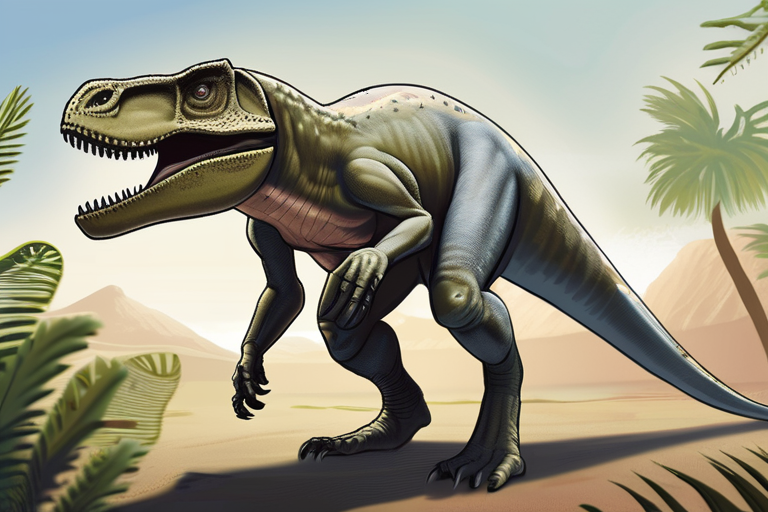
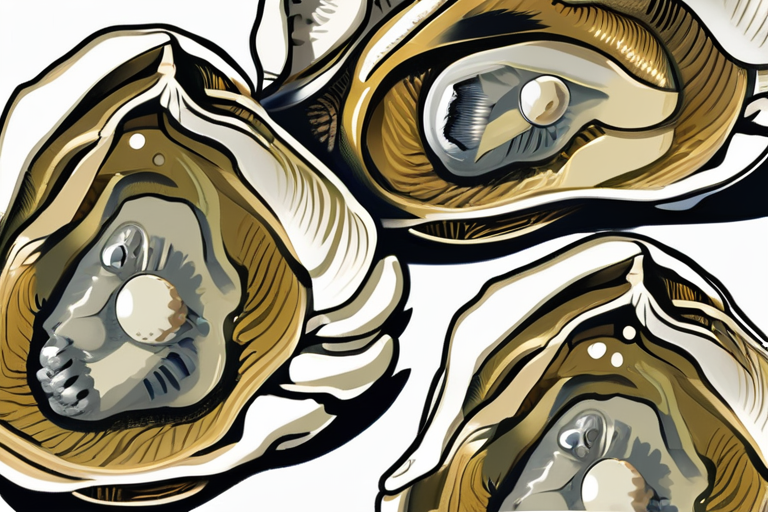
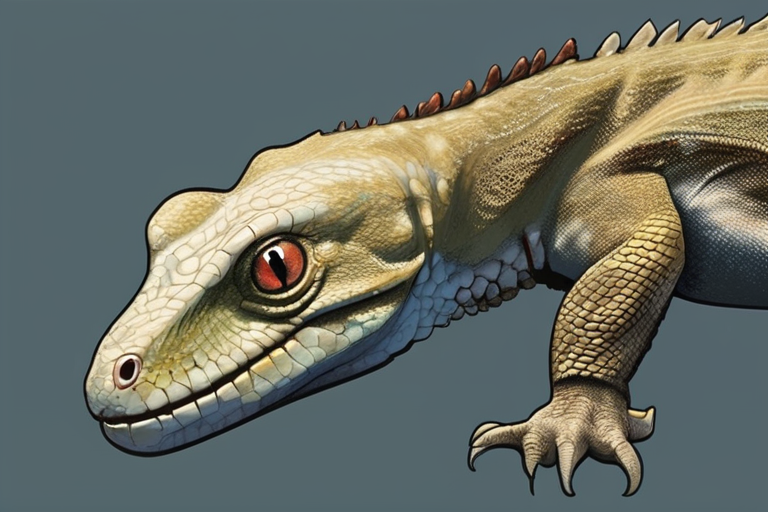
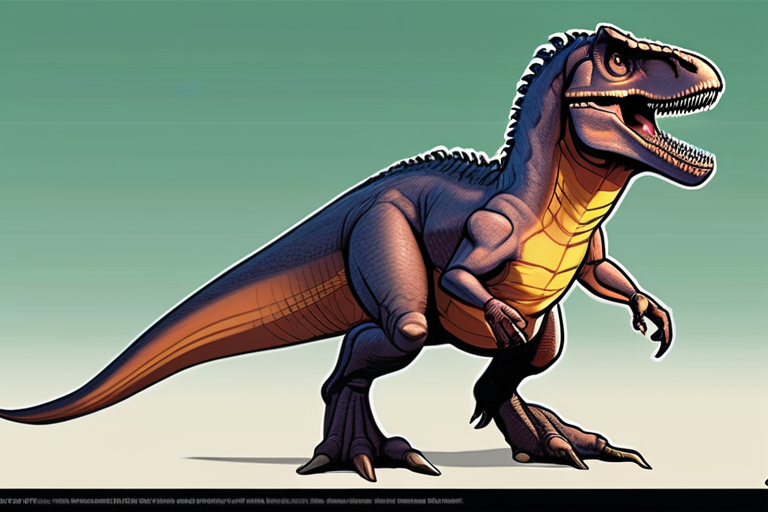
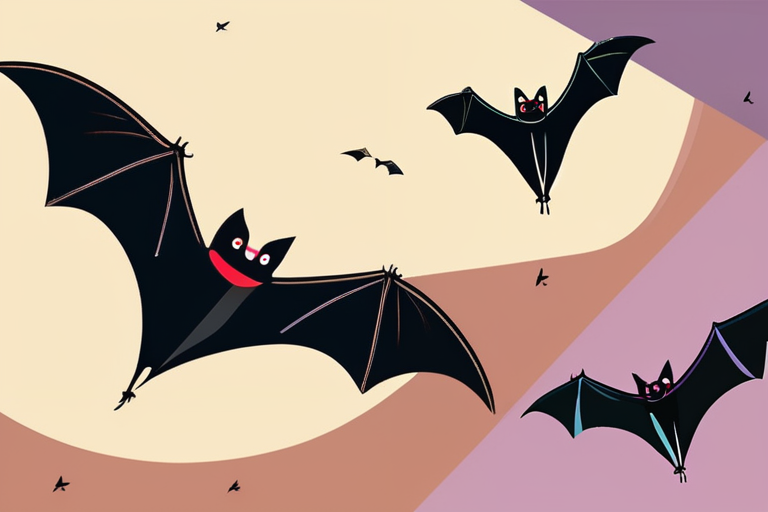
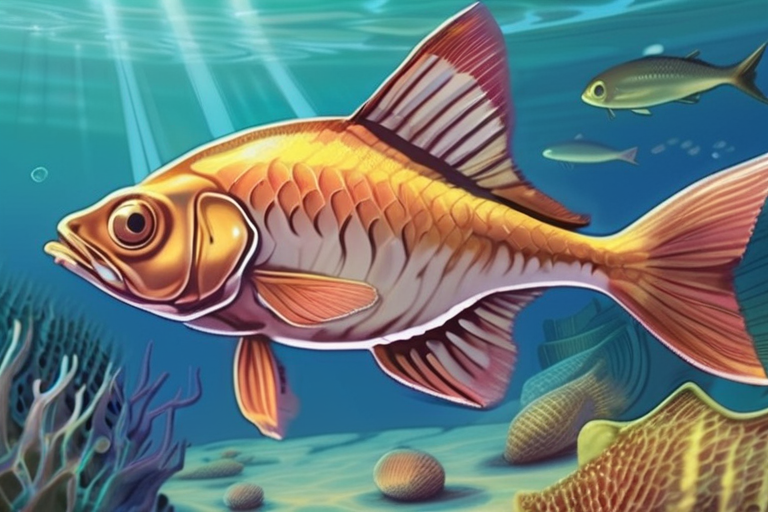

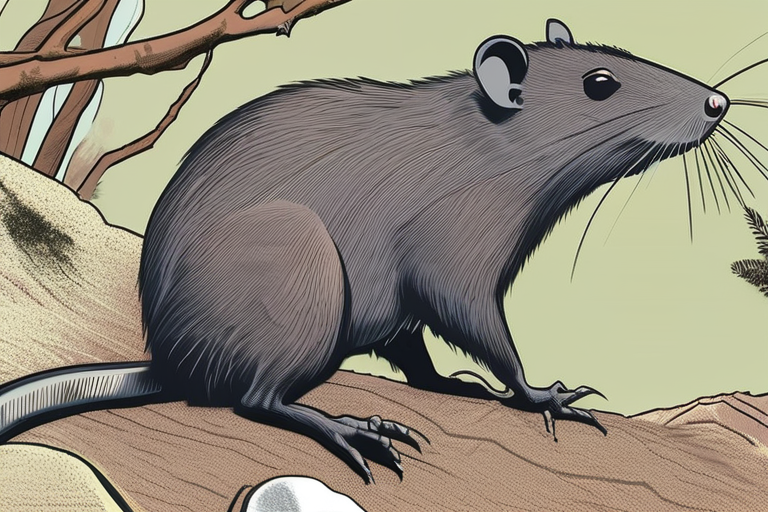

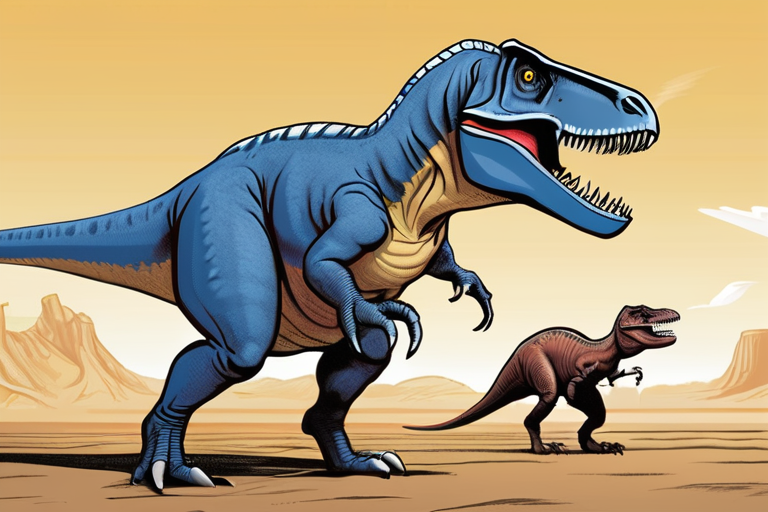
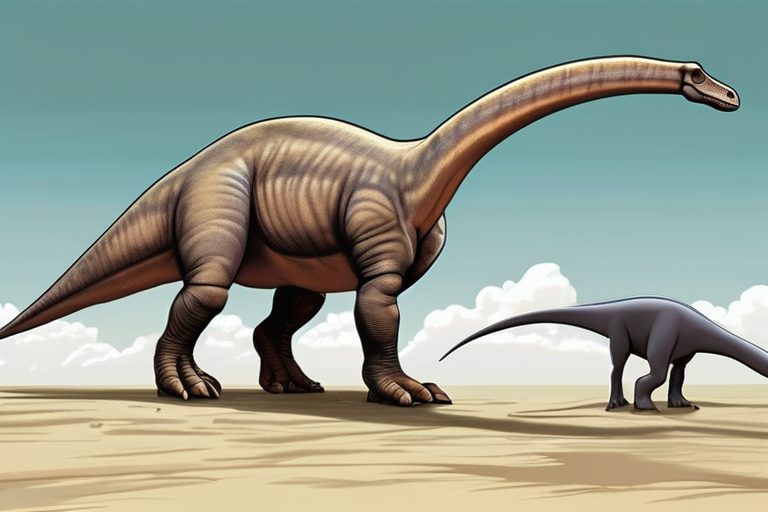

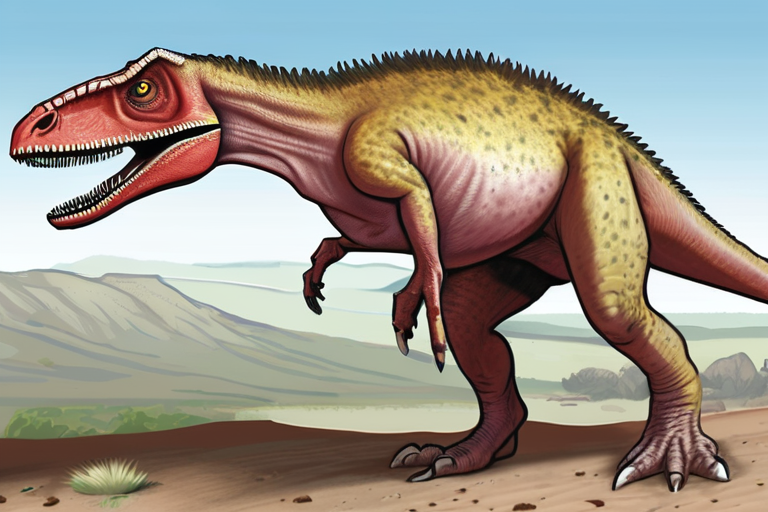

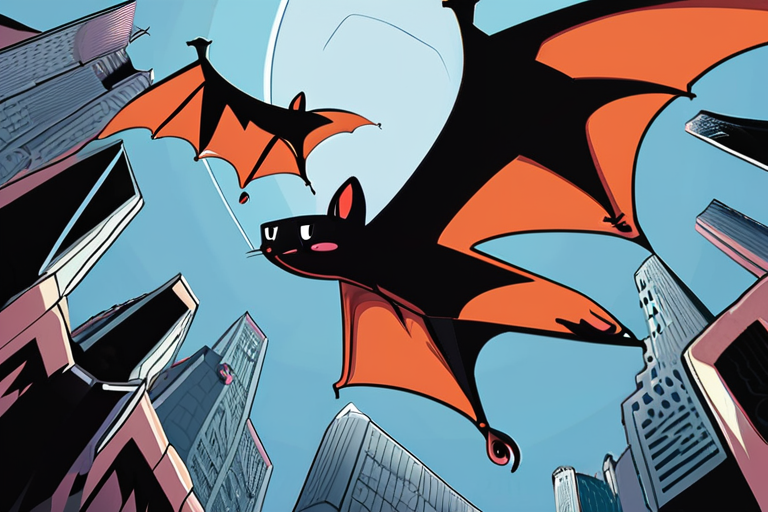
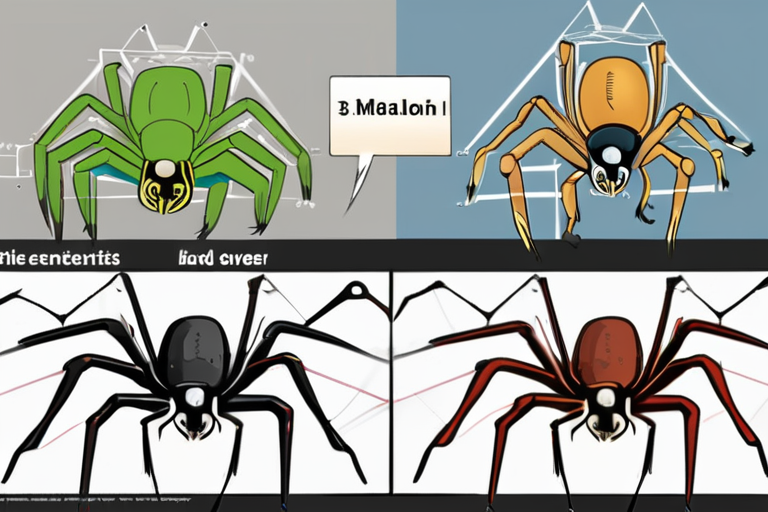
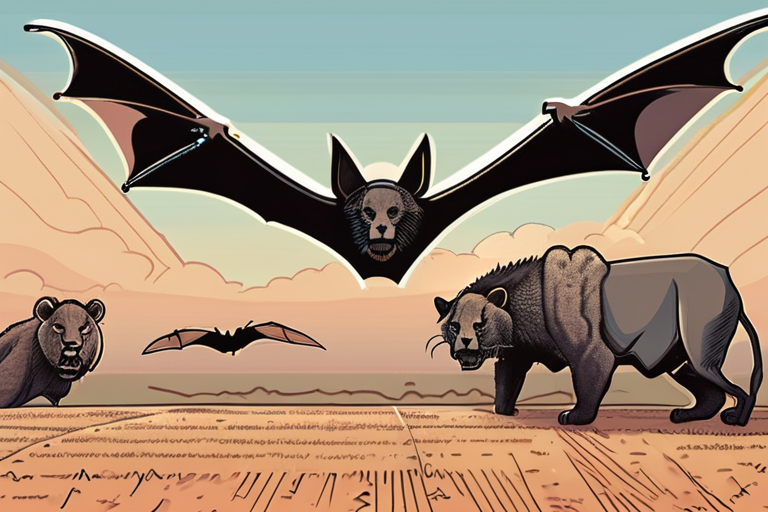
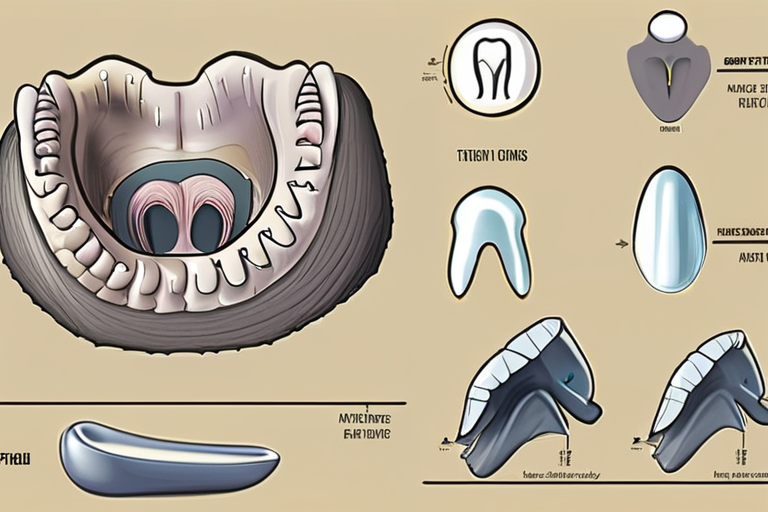
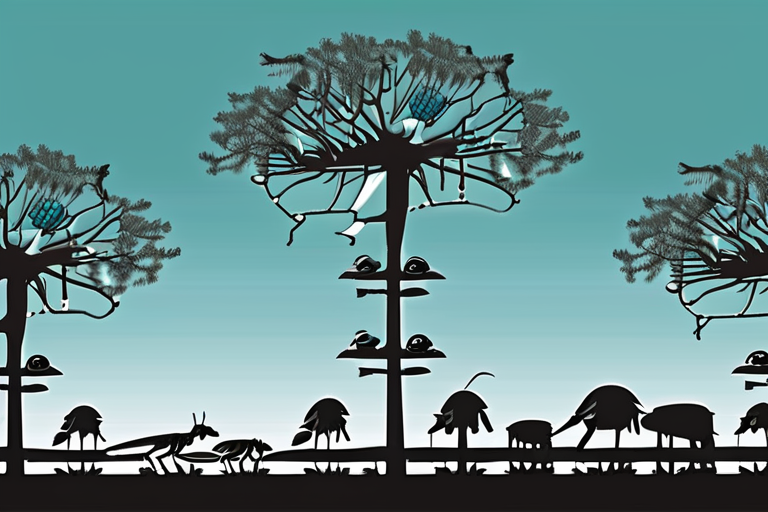


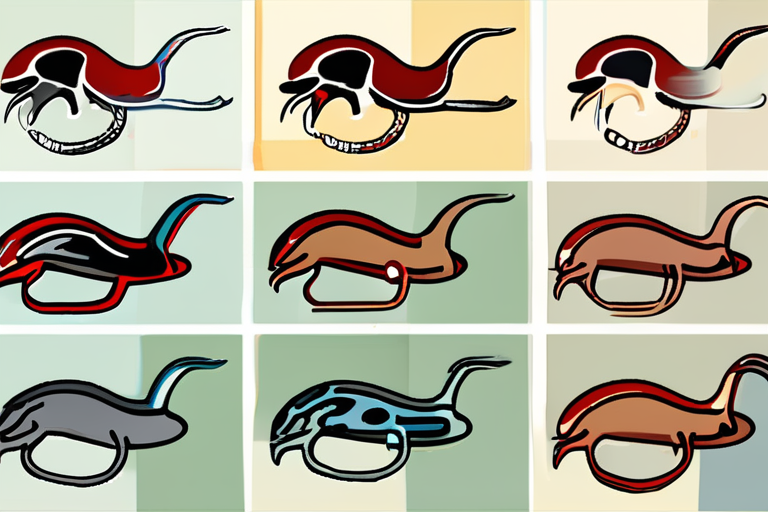

Share & Engage Share
Share this article